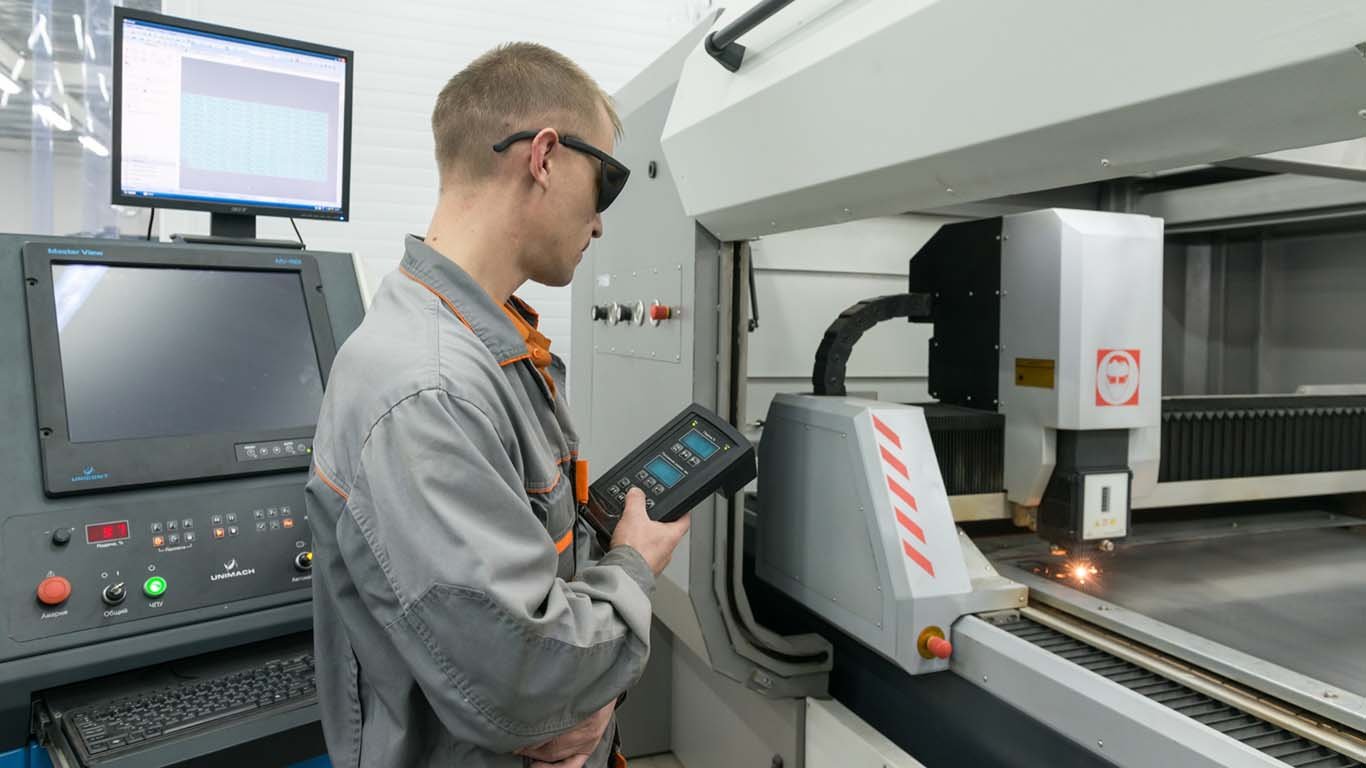Precision Shaft Components – The Unsung Heroes of the Machinery. They can spin, move and transfer power with extreme precision. Without them, the motors, gearboxes and myriad gizmos would not work.
There is not a single detail that is not formed with acute precision, talent, and foresight. This didn’t just come out of nowhere. It is the fruit of sound engineering know-how, solid works of tools and strict process of production.
Here, we’ll get up close and personal with those central building blocks. You will learn, you will see how design meets material, machines and inspection to produce precision at its best. So, continue reading before you look for heavy duty shaft manufacturer.
It Begins With The Proper Layout
Precision shaft component design begins with good design. Engineers begin with precise specifications. They wonder: how quickly will it spin?
How much load will it carry? Is it exposed to heat, vibration or corrosion? These are the questions that shape every decision. Its size, tolerance and surface finish depend on them.
Designers create 3D CAD models of every part. Every angle and edge matters. Tight tolerances — sometimes within microns — are observed from the outset.
The ideal fit has to occur each match. They also examine how the shaft interacts with other components. Bearings, seals and couplings all must fit together perfectly.
Next comes prototyping. Engineers fabricate a sample to test function and fit. Problems all get solved here, not down the line in mass production. It is the case that even small modifications to a design can make a difference to performance.
Everyone Seeking To Be A Home Owner For The Long Haul
No shaft is going to perform well without proper material. Strength, hardness, wear resistance and heat tolerance are all important.
Steel is the best overall choice for shaft technologies. It has a balance of strength and durability. Stainless steel or titanium may be a better choice in high-speed or corrosive environments.
Engineers not only choose a material and stop there. They choose the exact grade. It could be a gear box shaft of a harden steel alloy. A softer, bendable steel could be formed to fit a custom tool.
For electronic or medical uses, ceramics or composites can even suffice. Finish also plays a factor in your choice. Some shafts need coatings. Others are heat-treated to make them stronger.
The material also has to be adapted to the machine tools. Bad matchups lead to busts or sluggish performances. Each level of production relies on the right material.
Tight Tolerances Courtesy Of Skillful Machining
Shafts take their ultimate form in a machine shop. It is where metal meets tool in service. The shaft is turned via lathe, milled and ground to exacting specs.
Bits of metal are pried off, pass bypass, by machines. CNC machines do this very accurately. Operators do what they are told. They measure often.
Each cut must match the drawing. The shafts require straightness, roundness, and tight fits. A tiny mistake will cost you your performance.
That’s why machines are frequently tested for calibration. Coolants are used to regulate temperature so that heat doesn’t warp the parts.
Surface Finish Does More Than Just Look Good
They are precision-fit and they run smoothly too. Surface finish is where that aspect comes in. A rough shaft is short-lived. It generates heat, friction, and bearing wear.
Which is why surface polishing and grinding are so critical. Finish is specified in micrometers (engineer speak). The finer the finish, the longer the shaft will last.
Machines that polish metal do this using fine abrasives. They take off only fractions, just enough to get a mirror smooth finish.
Final Examination Seals The Deal
After machining and finishing is inspection. This is where the shaft is tested against the original design. Workers rely on tools like calipers, micrometers and coordinate measuring machines (CMMs).
They check every dimension. They also consider roundness, straightness and surface quality. If a single part is defective, it’s separated out for rework.
There are high standards in this phase. Some of the shafts are subjected to such tests as heat, speed and vibrations. Others are checked in clean rooms, particularly if they are for medical or aerospace purposes.
Conclusion
The work that goes into precision shaft parts is intense and multi-faceted. It begins with intelligent design and continues with quality materials, precision machining, beautiful surfaces and strict quality control.
Its strength and its purpose compounds with each step. Nothing is left to chance. It’s a world of high-speed machines and tight tolerances and in those worlds, little things make a big difference.
Done properly, they keep everything humming along and safe. That’s the real value of precision — and the art in every immaculate shaft.

















